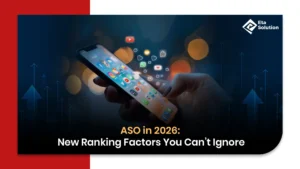
The Money is in the Targeting: But are You Doing It Right?
So think about this for a second! You’re running Google Ads for your small business, spending hundreds or thousands every month. But your leads? Meh. Sales? Not what you expected. The problem isn’t Google Ads – it’s how you’re using it.
Most brands throw money at ads without a game plan. Smart businesses, however, leverage Google Ads targeting strategies to put their ads in front of the right people at the right time. That’s how performance marketing companies dominate the game.
So, how do you get it right at the first go? Let’s break it down in simple ways.
1. Keywords: The Base of Success
You wouldn’t sell winter jackets to someone in the middle of summer, right? Yet many advertisers waste money on the wrong keywords. Here’s how to do it right:
- Go for high-intent keywords. Instead of ‘best laptops,’ try ‘buy Dell XPS 13 online.’ See the difference? One shows interest, the other signals a ready buyer.
- Use match types wisely. Broad matches cast a wide net, but phrases and exact matches help refine your audience.
- Negative keywords are your best friend. If you sell luxury watches, exclude terms like ‘cheap’ or ‘affordable.’
Example: A small fitness brand switched from broad-match keywords to exact-match and saw a 40% increase in conversions.
2. Mastering Audience Targeting for Higher Conversions
Google Ads audience targeting lets you reach people who actually care about your product. But how?
- Demographic Targeting: Age, gender, household income—target people who can afford your product.
- In-Market Audiences: Google knows when users are actively looking to buy. Use this.
- Custom Intent Audiences: Create an audience based on people who search for specific terms or visit certain sites.
Example: A travel agency targeting ‘luxury travelers’ saw a 60% jump in bookings after switching to in-market audiences.
3. Ad Optimization: Stop Burning Money on Clicks That Don’t Convert
Even if you have the right audience, your ads need to seal the deal. Here’s how to optimize them:
- Compelling Copy: Be clear. Instead of ‘High-Quality Shoes,’ try ‘Ultra-Light Running Shoes – 20% Off Today!’
- Strong CTAs: ‘Shop Now,’ ‘Get Your Free Trial,’ or “Claim Your Discount” work better than weak calls like ‘Learn More.’
- Ad Extensions: Site links, call extensions, and reviews make your ad stand out.
Example: A SaaS company improved its CTR by 35% just by adding ad extensions.
4. Choosing the Best Google Ads Bidding Strategy
Money talks. And in PPC, it screams. Your bidding strategy can make or break your campaign. Here’s what you need to know:
- Manual CPC – You control the cost per click but need to monitor closely.
- Maximize Conversions – Google auto-adjusts bids for more conversions.
- Target ROAS (Return on Ad Spend) – Google aims to give you the highest returns on your spend.
Example: An eCommerce store switched to Target ROAS and doubled their ROI in 2 months.
5. Google Ads Remarketing Tactics: Get Customers to Come Back
70% of users leave a site without taking action. Remarketing changes that.
- Standard Remarketing: Show ads to people who visited your site.
- Dynamic Remarketing: Show them EXACTLY what they viewed on your site.
- Customer Match: Use email lists to target past buyers with exclusive offers.
Example: An online bookstore used remarketing to re-engage cart abandoners and boosted sales by 45%.
6. How to Increase Google Ads ROI and Get More Bang for Your Buck
The goal isn’t just clicks – it’s profitable clicks. Here’s how to squeeze the most out of every dollar:
- A/B Test Everything: Ads, landing pages, CTAs – always test variations.
- Optimize Landing Pages: If your ads promise ‘50% off,’ but your landing page says ‘Up to 50% off,’ you’ll lose trust.
- Track Conversions: If you don’t track sales, leads, or calls, you’re flying blind.
Example: A B2B SaaS firm tracked call conversions and realized 30% of their leads came from mobile ads. They shifted budgets and increased mobile ad spend by 50%, boosting leads by 60%.
Bonus: What Most Advertisers Get Wrong And How You Can Avoid It!
Despite all the tools available, most businesses still fall into common traps that kill their ad performance. Here are the biggest mistakes you need to avoid:
- Not Excluding Bad Traffic: If your ads show up for irrelevant searches, you’re wasting money. Always refine negative keywords.
- Ignoring Mobile Optimization: Over 60% of Google searches happen on mobile, yet many advertisers still create desktop-first experiences.
- Setting and Forgetting Campaigns: Google Ads needs constant tweaking. Even a 5% improvement in CTR can drastically impact your ROI.
Smart Tip: Schedule a bi-weekly check on your campaigns. Small tweaks can add up to massive growth.
Finally! Some Smart Way to Win With Google Ads
Google Ads isn’t a magic button – it’s a tool. And like any tool, it works only if you use it right. Performance Marketing Company in Ahmedabad know this and leverage precise targeting, strategic bidding, and continuous optimization to drive serious revenue.
Want results without wasting money? ETA Solution is here to help. We craft Google Ads conversion optimization strategies that deliver leads, sales, and ROI – without the guesswork. Let’s chat!
A well-optimized landing page improves user experience, increases conversions, and boosts your Quality Score. This leads to lower CPC and better ad placement, maximizing results from your ad spend.
Monitor key metrics such as click-through rate (CTR), cost per click (CPC), conversion rate, cost per conversion, and ROI. Google Ads and Google Analytics together provide detailed performance insights.
Start with a daily budget aligned with your marketing goals and industry competition. Google recommends a budget high enough to generate at least 20–30 clicks per day for meaningful data. You can adjust as performance improves.
Remarketing shows ads to users who have already visited your website or interacted with your product. It boosts sales by re-engaging interested customers and encouraging them to complete a purchase or inquiry.
You can increase conversions by improving ad copy, using strong CTAs, optimizing landing pages, using bid strategies like Maximize Conversions, and adding extensions like call, sitelink, and lead-form extensions.

What started as a passion for marketing years ago turned into a purposeful journey of helping businesses communicate in a way that truly connects. I’m Heta Dave, the Founder & CEO of Eta Marketing Solution! With a sharp focus on strategy and human-first marketing, I closely work with brands to help them stand out of the crowd and create something that lasts, not just in visibility, but in impact!
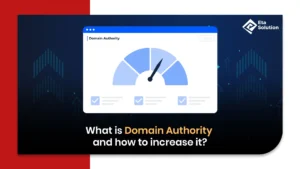
What is domain authority and how to increase it?
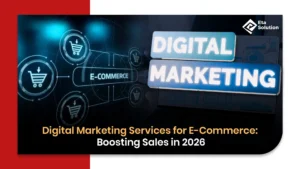
Digital Marketing Services for E-Commerce: Boosting Sales in 2026
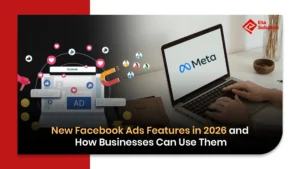
New Facebook Ads Features in 2026 and How Businesses Can Use Them
